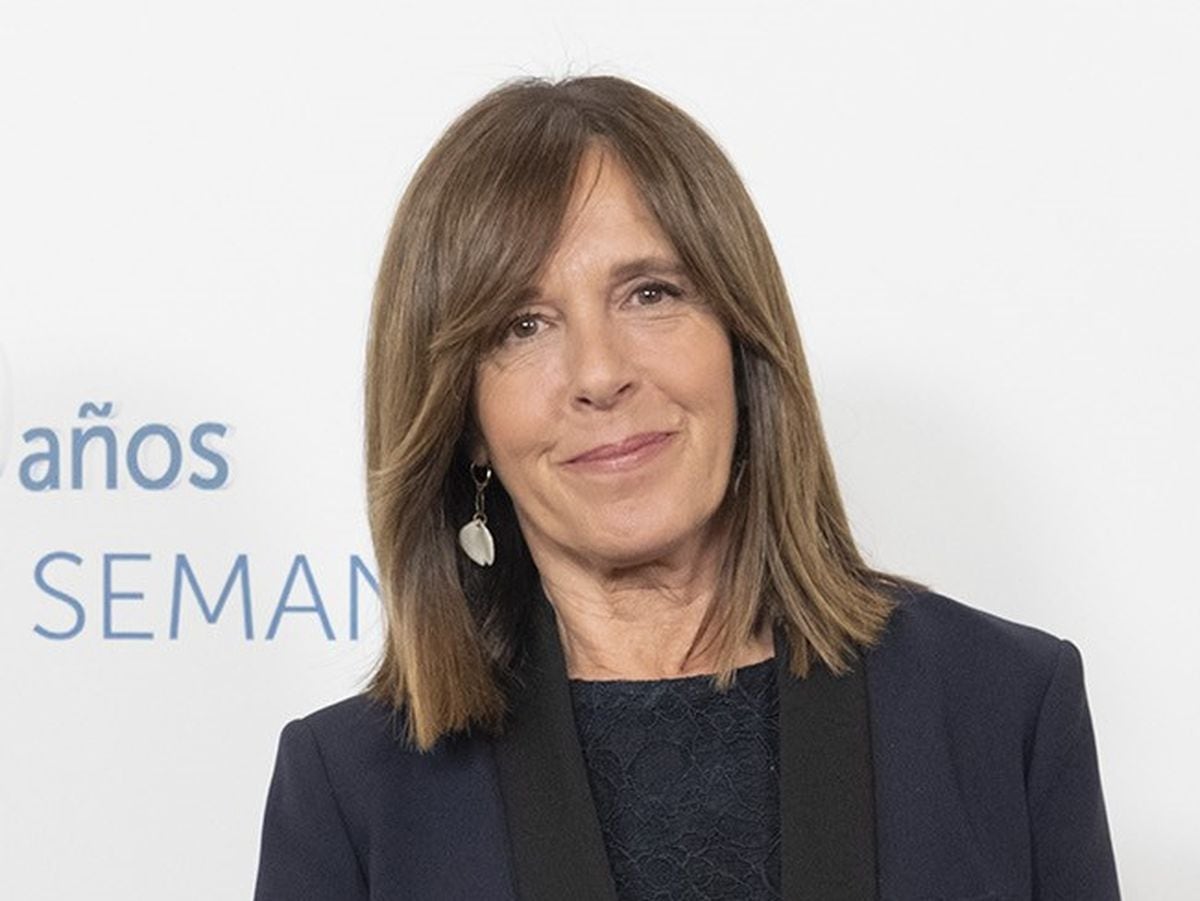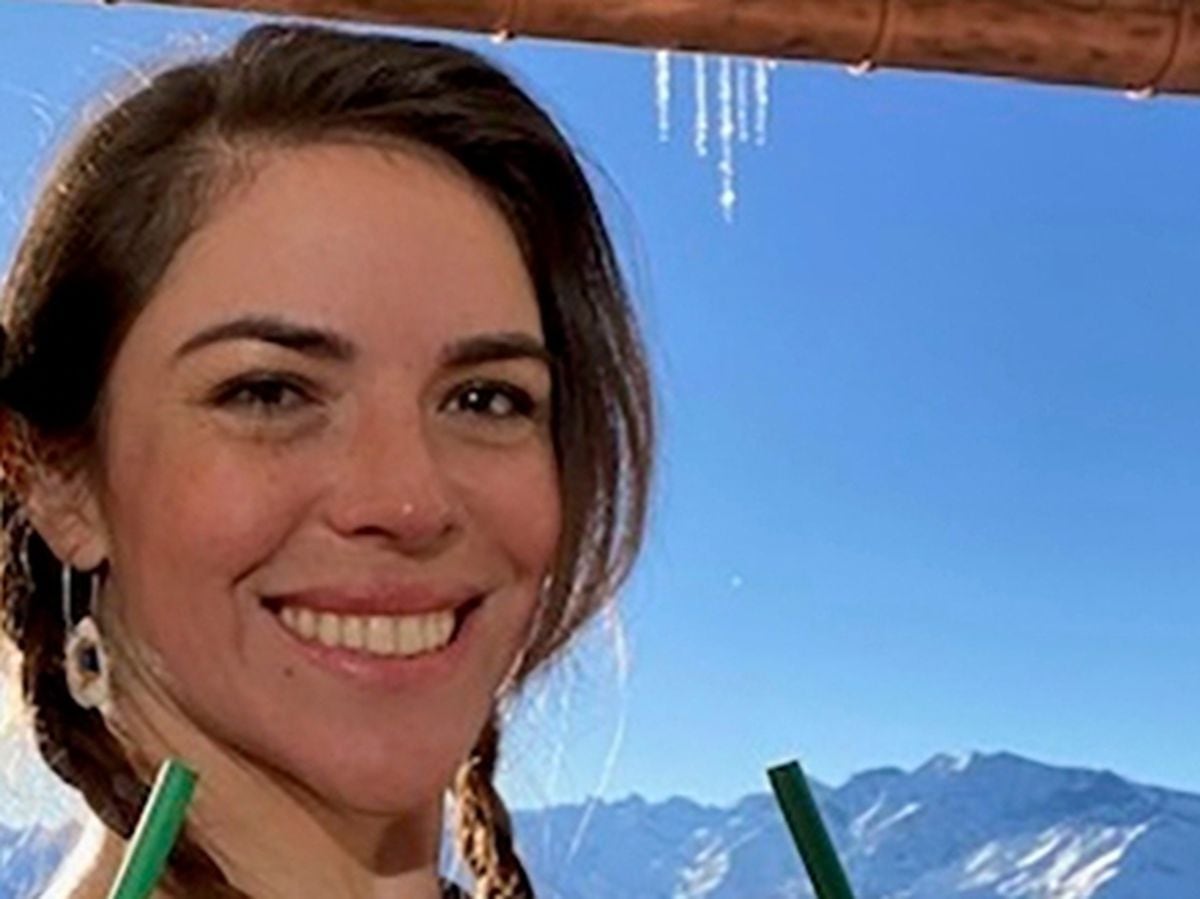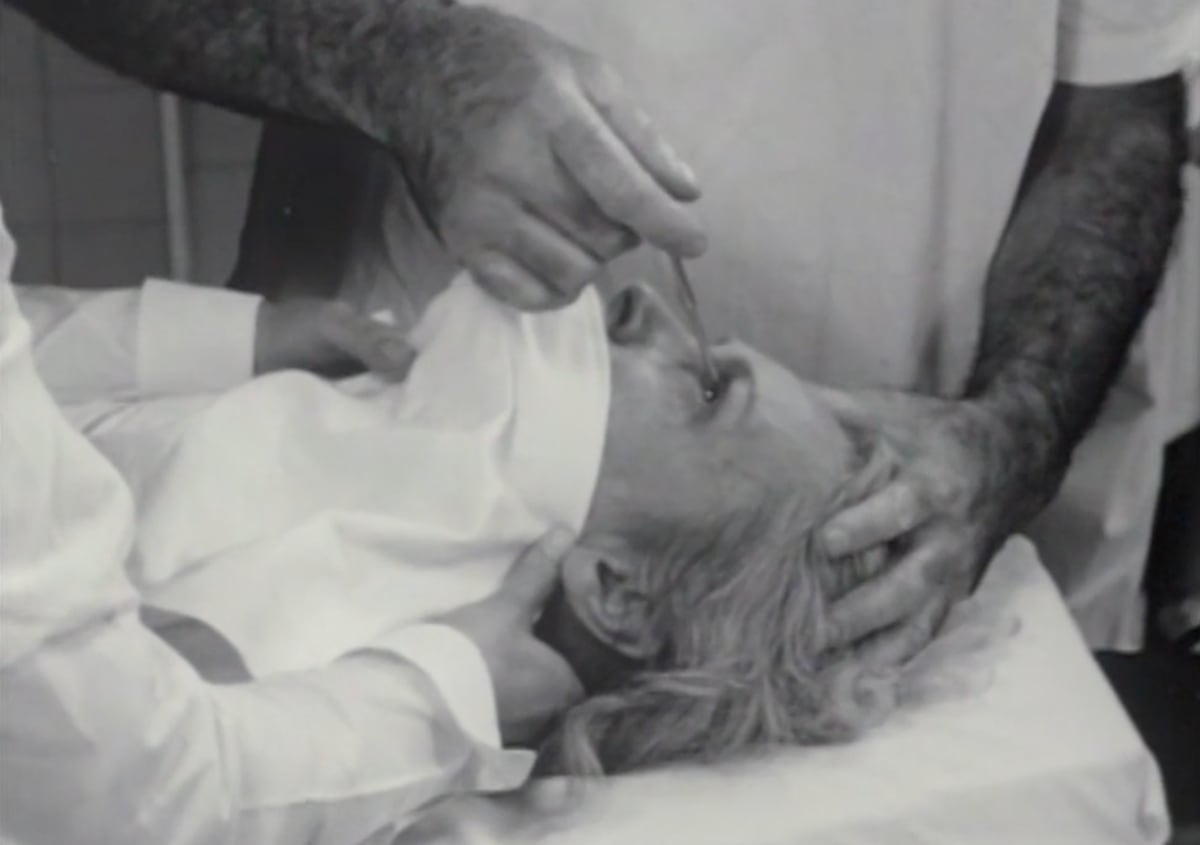There are many ways to connect dots in a city.
The work of the Uruguayan artist
Ana Tiscornia
, resident in
New York
for decades, traces an imaginary itinerary between the north and the south of the city of
Buenos Aires
thanks to her simultaneous exhibitions in the
Sala PAYs
of the
Parque de la Memoria
and in the
Nora Fisch
Gallery
.
Both exhibitions act as a recognition of the artist's career and can be seen almost as one, thanks to the aesthetic continuity and the curatorial proposals.
Tiscornia's work starts from
architecture
and unfolds towards
visual art
in a subtle and intimate way without ever losing the structural temperament of the mother discipline.
The architecture supports the tenuous treatment of the
compositions
and gives rigidity to minimal, precise and very personal works.
In the
Parque de la Memoria
exhibition , curated by
Florencia Battiti
, this game of structure and intimacy reaches a display close to that of an installation.
Its location inside the room probably contributes to this perception.
Distributed between the corridor and the room that follows, the assembly of the sample evokes not very distantly a house, where a corridor can end in a larger room.
In addition, the viewer
's visual journey
is being oriented by the works, which are gaining in density and
visual volume
as the exhibition space expands and grows.
In the “new” Nora Fisch gallery, Ana Tiscornia exhibits until February 25.
Everything in the show refers to the home, where one lives and where good and bad happen.
The works in the hallway are composed of recognizable materials.
Books, picture frames, a neglected fragment of a tapestry, a model of a gabled-roofed house infused with a deep, luminous blue.
On the opposite wall, a work accentuates the feeling of familiarity.
It is "Folder", a composition dated 2015, made with six manila cards in which Tiscornia puts together
small collages
with
threads, cardboard and scraps of paper and wood.
.
The piece is overwhelmingly simple and, at the same time, has a truly phenomenal capacity for communication and evocativeness.
It is impossible not to feel invaded by an impression of closeness and everyday life, which is reinforced by the
pencil
annotations that are epigraphs on some of the records.
Passing into the large room, the gaze expands.
On the floor there are a series of
hollow cement bricks,
intervened with disordered pieces of tiles.
There are many of them and they form small visual stations that demarcate a surface at the same time that they serve as shelter for potted
cacti
, another detail that restores the central concept of inhabiting a space.
Good things and bad things happen in a house, and in Tiscornia's work this tension appears all the time, sometimes more as an insinuation and sometimes more literally.
The largest wall of the room appears, against a very pale yellow background, battered and peeling, with holes and marks of clear violence.
The contrast posed by this work is evident and marks, as Battiti rightly points out in the text that accompanies the exhibition, the coexistence of spaces of
construction and destruction
that are reflected in personal experience but that are extended to the social world.
The same construction-destruction dynamic is repeated on one of the smaller walls.
On the floor rubble and pieces of
masonry
are piled up and on the wall, neatly, photographs with architectural and urban airs that also reflect a certain decadence are displayed.
This destructive dimension of Tiscornia's work forms in "From east to west and from north to south" a kind of mural that ends up accentuating the kinder character of the exhibition and at the same time operates as a representation of her
biography
and her journey. vital and artistic.
One of the high points of the artist's production are, without a doubt, her paintings.
All of them have an undeniable relationship with
architecture
but at the same time spaces for
naturalism
and
geometry
emerge .
Many of them visually supported by light painted wooden structures, Tiscornia defies the limits of the painting by leaning on the experience of concrete.
The cut frame, the superimposed surfaces and the irregular shape give these pieces a strong family air with the best
South American traditions
and do much justice to the study he carried out in early times with disciples of the
Escuela del Sur
de
Torres García
.
There is also a very strong constructive element in the handling of color planes and in their intensities, which interspersed with delicately daring decisions, as in the case of the "Pink Fence", give an attractive visual result, charged with
visual vibration
. and full of allusions to the
history of art
.
Ambiguities in the new Nora Fisch
The continuity of the Tiscornia show at the
Nora Fisch gallery
maintains the general line of the proposal, reinforcing some topics and adding others.
The different exhibition space allows a relationship between the work and the viewer of a different
nature
.
In its new
location
, the gallery has a large number of small rooms that the visitor has to enter and exit, which necessarily exposes them to surprise.
In the rooms dedicated to Tiscornia's work, there are paintings from the same series as those shown in the
Parque de la Memoria
and the bricks and cacti continue to act as a reference.
Two types of works are added that are very interesting.
It is a series of
collages
based on cut and die-cut paper whose material result is that of double dimension.
Without being
sculptures
, these pieces gain volume and have a very suggestive visual vibration.
They are works from the mid-2000s to which the artist also incorporates touches of color and some geometrizing elements that accompany the cut on paper.
These works are part of a group of works on this support that Tiscornia has been developing for some time and in which a
constant evolution
from drawing towards more complex forms with a greater material and symbolic charge is noted.
Another piece that stands out from the rest is “
Powerless
”, a 2012 work that consists of painted and openwork wooden letters forming the word, arranged perpendicular against the wall, causing the shadow to project downwards in a capricious manner according to the light hits him.
Tiscornia's collages offer a singular ambiguity.
It is a wise montage to have arranged this work on a white background and to play with the
geometrization
of the wall in a different color for the rest of the room.
This minimal and intelligent resource allows the enhancement of the different works without competing and giving each one its specific place.
The viewer of
contemporary art
today has an unusual and stimulating experience ahead thanks to the initiative of two institutions, one public and the other private, which come together to give rise to the recognition of an artist like the Uruguayan Ana Tiscornia.
Going through both exhibitions, relating to the differences in perception that they propose and judging a rich and nuanced body of work is a beautiful challenge.
Tiscornia's work
is not ambiguous,
but it contains
ambiguities
.
Those that are typical of the vital experience, of the interaction between people and that develop, are located, in places, in a certain habitat.
The complexity of this framework finds an artist with an evident poetic vocation and with a great capacity to appease the harshness of everyday life.
Ana Tiscornia's work restores and softens, not bad for these times.
Ana Tiscornia on display
From East to West, from North to South
.
Place: Parque de la Memoria, Av. Costanera, Rafael Obligado 6745. Until March 5.
Over and over again
.
Place: Nora Fisch Gallery, San Juan 701. Until February 25.
look too
Ana Tiscornia.
The nature of architecture
The ephemeral restaurant, a form of rebirth for the post-pandemic world


/cloudfront-eu-central-1.images.arcpublishing.com/prisa/6YOQKRNM2VFEDJ77EV4BG7TTOQ.JPG)






/cloudfront-eu-central-1.images.arcpublishing.com/prisa/YMKYXE7EWNAC5MC2DH7TJQ7LYE.jpg)